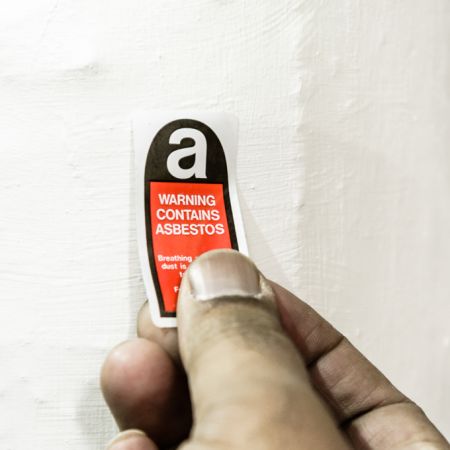14 March 2022
HSE publish ‘Asbestos exposures to workers in the licensed asbestos removal industry’ research report
Asbestos remains a health concern in GB, with around 5,000 cancer deaths a year attributed to historical exposure to asbestos (HSE statistics, 2019). The import and use of all types of asbestos was banned by 1999.
However, asbestos can be present in any building built or refurbished before 2000 (includes domestic dwellings, as well as workplaces) and continues to be removed as part of ongoing risk management.
Since 2004, the Control of Asbestos Regulations (CAR) has required duty holders to manage asbestos on their properties by identifying where it is present and monitoring its condition. When asbestos containing materials (ACMs) are in poor condition, or a building is being refurbished or demolished, they should be removed.
Asbestos removal workers are one of the last cohort of workers in GB who regularly, and intentionally, break into and disturb asbestos. Other trades may also occasionally disturb asbestos, either intentionally or unintentionally. Higher-risk removal work can only be undertaken by HSE licensed contractors. Under the Control of Asbestos Regulations, exposure to asbestos must be prevented or effectively controlled.
Aims of research & how achieved
The main aims of the work were to provide an update on the exposures of asbestos removal workers, while undertaking their normal work activities, and to assess compliance with HSE guidance relating to licensed, high risk, asbestos removal.
These aims were achieved by visiting eight sites (between 2016 and 2019), to observe, record and take air samples, while licensed asbestos removal contractors (LARCs) removed ACMs under controlled conditions.
Therefore, it was designed to include personal monitoring during the entire process of asbestos removal, from setting up enclosures, asbestos removal within the enclosures, enclosure dismantling and waste removal. It was also designed, in part, to provide a measure of the extent to which industry is able to implement and ensure good practice is followed with respect to minimising removal workers exposure to asbestos.
The removal contractors and workers participated on a voluntary basis. The selection of sites was not intended to be representative and was reliant on which LARCs responded and the type of work they were undertaking at the time. The sites were chosen, where possible, to cover the removal of a range of ACM types, including AIB, insulation and sprayed coating. These materials represent either the most common ACMs (in particular, insulating board), or highly friable materials (sprayed coatings) more likely to release asbestos fibres during licensed removal.
Summary of findings
There are three main research findings. (1) Asbestos fibres were present in the airborne fibres samples. (2) Some airborne fibre concentrations measured in the study were above the limit. (3) There is scope for further exposure reduction, for example by ensuring that workers wear respiratory protective equipment (RPE) during set up and dismantling of the enclosure used for removal activities.
Regulation and guidance relating to asbestos removal have evolved and extended, with the aim of reducing worker exposure and the spread of asbestos fibres as well as ensuring that “removal” areas are in satisfactory condition for others to reoccupy, when the work is completed.
These findings are being used to inform HSE communication with stakeholders and updates to HSE guidance.
The full HSE research report can be found here
